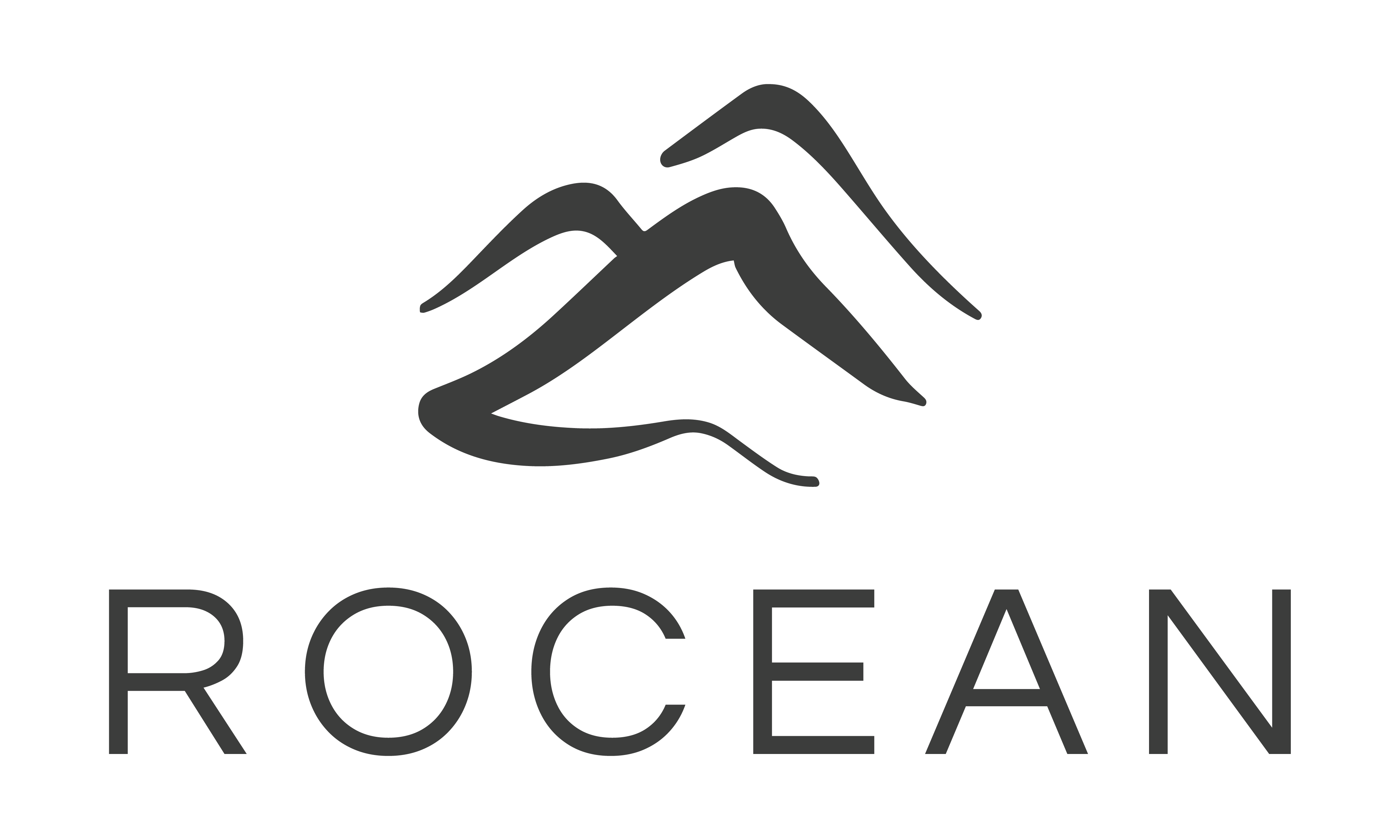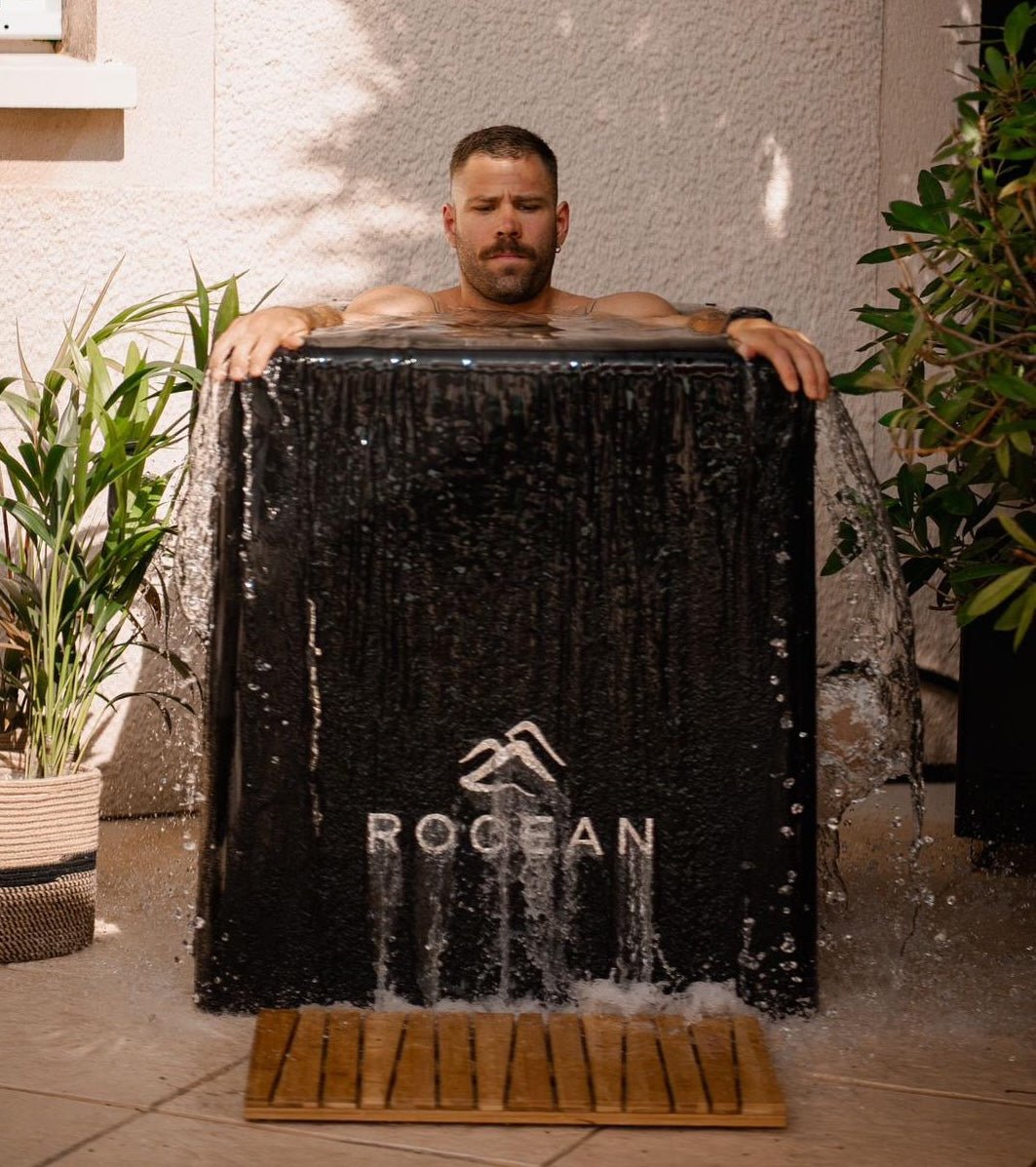Cold water immersion is a recovery method recognized for its health and wellness benefits, particularly for athletes. Immersed in water between 4 and 13°C, this practice improves muscle recovery and offers various physiological and psychological benefits. Discover the different phases of cold water immersion and their impact on your body.
Positive Stress: Understanding Hormesis
Before diving in, it's important to understand that stress isn't always negative. Cold water immersion introduces a controlled stress called hormesis, which stimulates positive adaptive responses in the body. This principle is similar to intermittent fasting and exercise. Moderate exposure to stress, such as cold water, can build resilience, improve metabolic plasticity, and strengthen the immune system.
How to Prepare a Cold Bath: A Beginner's Guide
If you're considering cold water immersion, proper preparation is crucial. Follow our tips for incorporating cold baths into your routine. Note: Before you begin, make sure you're in good health and consult a doctor if you have any pre-existing conditions. Listen to your body and adjust the duration or stop if necessary.
The Phases of Cold Water Immersion
1. Initial Immersion Phase: Shock Reaction
When you enter cold water, your body immediately experiences thermal shock. This first phase is characterized by:
- Increased heart rate: To maintain body temperature, your heart rate and blood pressure increase rapidly.
- Rapid breathing: You may experience faster, shallow breathing in response to the heat shock, with gasping and rapid breathing.
- Blood vessel constriction: Cold water causes vasoconstriction, reducing blood flow to the skin and muscles to conserve heat. The sympathetic nervous system activates, releasing adrenaline to prepare your muscles to react.
These reactions are natural and allow your body to adapt to the drop in temperature. It's important to stay calm and control your breathing to get through this phase effectively.
Duration : Approximately 0 to 2 minutes
2. Stabilization Phase: Adaptation to the Cold
After the initial shock, your body begins to gradually adapt to the cold temperature. During this phase:
- Vasoconstriction and numbness: Blood vessels constrict to maintain core body temperature, which can lead to numbness in the extremities.
- Heart rate and breathing stabilize: Your heart rate and breathing begin to normalize and slow down as your body adjusts to the cold.
- Improved Blood Circulation: Blood vessels constrict less, allowing for a better balance of blood flow to the muscles. This vasoconstriction, followed by the restoration of blood flow, promotes better peripheral circulation and contributes to overall vascular health.
- Increased Mental Clarity: You may also experience improved mental clarity during this phase.
Duration: Approximately 2 to 3 minutes
3. Recovery Phase: Thermogenesis and Endorphin Release
Once your body has adapted to the cold, the benefits of immersion become more pronounced. During this phase:
- Thermogenesis: The body enters thermogenesis to maintain its core temperature, which can manifest as shivering. This process helps generate internal heat and stabilize body temperature.
- Endorphin Release: This phase results in the release of endorphins, the body's natural painkillers, generating feelings of euphoria and well-being after the cold bath.
- Brown Fat Activation: A brief, controlled immersion stimulates brown fat, which plays a key role in thermogenesis and body fat reduction.
- Reduced Inflammation: Cold water helps reduce inflammation and swelling by reducing blood flow to the affected areas.
- Reduced Muscle Soreness: Cryotherapy relieves muscle soreness by numbing sore tissues and reducing post-exercise soreness.
- Improved Recovery: Increased blood flow when exiting the cold bath facilitates the removal of metabolic waste and delivery of nutrients to the muscles, thus speeding up recovery.
This phase is essential to optimize recovery, reduce post-workout soreness and improve overall well-being.
Duration: Approximately 3 to 5 minutes
4. Warm-up Phase: Return to Normal Temperature
After getting out of the cold bath, your body enters a warming phase:
- Increased blood flow: Blood vessels dilate again, improving circulation and bringing more oxygen and nutrients to the muscles.
- Gradual warming: Your body begins to return to its normal temperature, which may take some time.
This phase is crucial for the smooth transition from cold to normal body temperature.
Importance of Breathing Exercises
Breathing exercises are crucial for cold bath safety. Techniques like box breathing and the Wim Hof Method can help reduce thermal shock and enhance your overall experience. Be sure to practice these techniques safely and never do it alone to avoid the risk of losing consciousness. Proper breathing also improves oxygen delivery to tissues and supports the body's stress response.
Face the Cold
Cold water immersion is an effective method for accelerating recovery, reducing muscle soreness, and improving performance. Each phase of immersion plays an important role in recovery and overall well-being.
Ready to enjoy these benefits? Discover our Rocean cold baths , designed to offer you an optimal recovery experience right in your own home. Transform your recovery routine with our cold baths and feel the difference!




